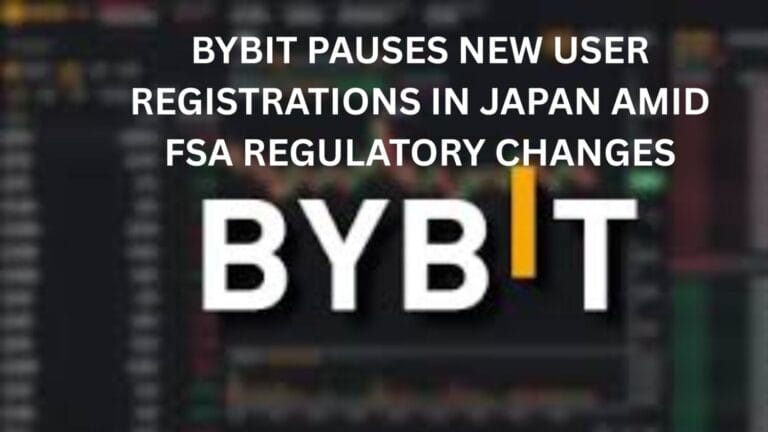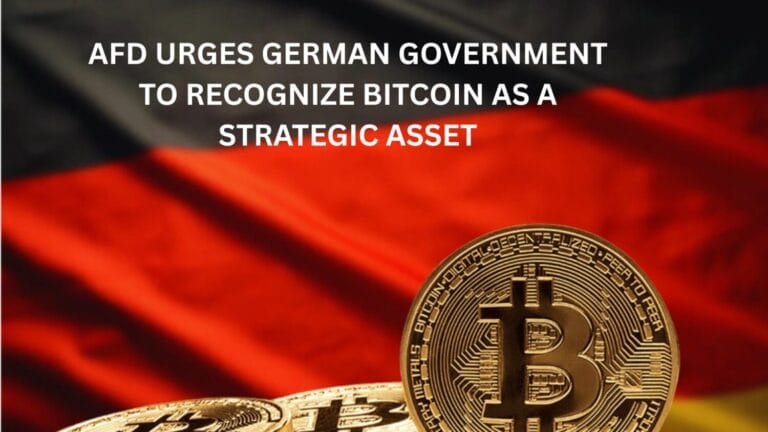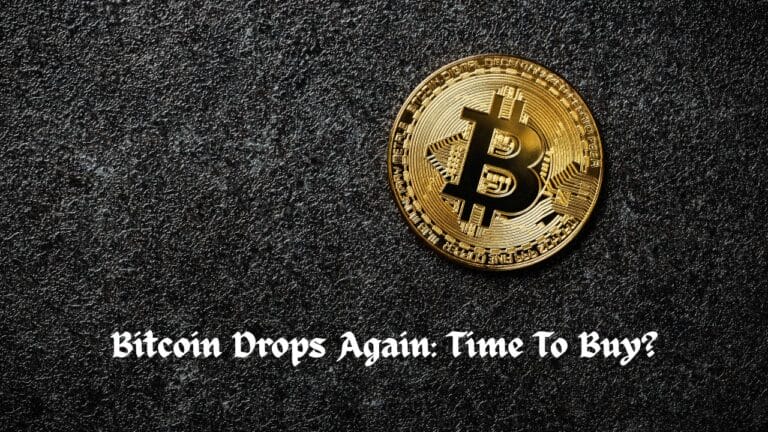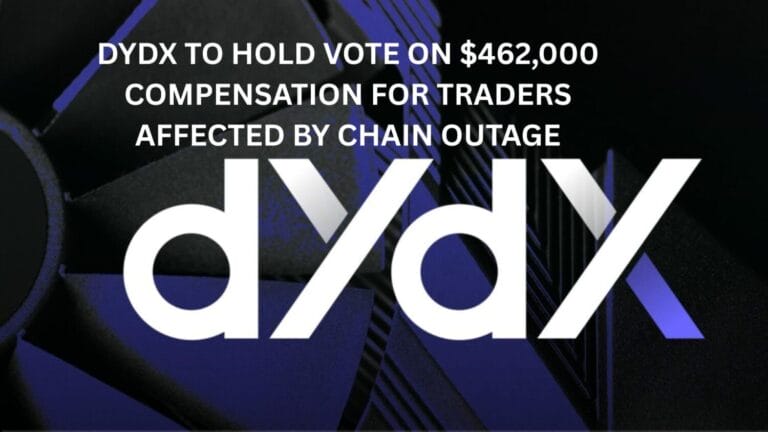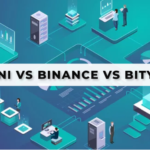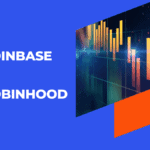The upcoming token migration from Render (RNDR) to the ticker “RNDR” has marked a milestone for the project. Several exchanges announced recently their support for the migration, set for July 26.
More specifically, the Render (RNDR) network is on the cusp of a significant transformation as it prepares for a highly anticipated token migration to the new ticker “RENDER.” This pivotal event has not only garnered considerable attention but has also sparked a flurry of activity across the network. As several major exchanges pledge their support for the migration, the Render community and market participants are abuzz with speculation and anticipation. This article delves into the latest on-chain data to uncover the dynamics driving this unprecedented surge in network activity, explores the implications of the migration, and provides insights into RNDR’s potential trajectory in the days leading up to this crucial transition.
‘RNDR to RENDER’ Sparks Record Activity Levels
On-chain data from Santiment shows that active addresses on the Render network reached an all-time high on July 17. Active addresses are a key metric, indicating the number of users actively engaging in transactions on the blockchain. An increase in active addresses signifies robust network interaction, while a decline suggests reduced activity.
Previously, the peak in 24-hour active addresses occurred in March 2024, when RNDR was priced at $11.65 on Gate.io. The current rise in network activity appears to be driven more by the impending token swap than by price speculation. Moreover, this surge isn’t limited to existing users of Render but also extends to Network Growth.
Network Growth measures the engagement of new users in transactions. An increase in this metric indicates strong traction with new participants making their first transactions, whereas a decline points to fewer new entrants.
The recent uptick demonstrates growing adoption of RNDR, suggesting that if this trend continues, demand could increase, potentially leading to a price rise. Rendoshi Research highlights the significance of the Render token swap, noting that the migration to Solana (SOL) is bullish, regardless of current price trends.
In a post on X, Rendoshi Research emphasized that Render is a leading decentralized application on the blockchain, and cryptocurrencies tied to Solana are expected to outperform other sectors this cycle.
Can Bulls Withstand Selling Pressure?
RNDR experienced a downtrend from June 12 to July 12, with its price dropping from $9.49 to $5.67. However, the chart below indicates that bulls defended the $5.67 support and are now targeting upper resistance levels.
Utilizing the Fibonacci Retracement tool, resistance is identified at $7.66. For RNDR to reach this level, significant buying pressure is necessary. Currently, the price stands at $6.48. The On Balance Volume (OBV) metric can provide insights into crowd sentiment, indicating whether the market is buying or selling in terms of volume.
As of now, the OBV is trending downwards, suggesting a selling intent among market participants. If this trend persists, RNDR may remain within the $6.16 to $6.47 range. However, if the OBV trends upwards while the price remains down, it could signal a buying opportunity, potentially pushing the token towards $7.66.
What is RNDR?
Render (RNDR) is a decentralized network designed to harness the power of idle graphics processing units (GPUs) to render complex digital images and videos. The network operates by connecting users who require rendering power for tasks such as 3D graphics, visual effects, and virtual reality with those who have excess GPU capacity. By leveraging blockchain technology, Render ensures secure, efficient, and cost-effective transactions between these parties, democratizing access to high-performance rendering services that were previously limited to those with substantial computational resources.
At the core of Render’s functionality is its native token, RNDR, which facilitates transactions within the network. Users seeking rendering services pay in RNDR tokens, while providers of GPU power earn RNDR for their contributions. This decentralized model not only reduces the costs associated with traditional cloud-based rendering solutions but also promotes a more equitable distribution of computational resources. By tapping into a global network of GPUs, Render can offer scalable rendering capabilities, meeting the growing demand for high-quality digital content in industries ranging from film and gaming to augmented reality and scientific visualization.
The upcoming migration from RNDR to the new ticker “RENDER” represents a milestone in the project’s evolution. This migration is expected to enhance the network’s performance and interoperability, particularly as it transitions to the Solana blockchain. Solana is known for its high throughput and low transaction costs, which are crucial for the intensive computational requirements of rendering tasks. By moving to Solana, Render aims to improve transaction speeds and reduce costs, further solidifying its position as a leading decentralized rendering network. This strategic move is anticipated to attract more users and GPU providers to the network, driving further growth and innovation in the digital content creation space.

